How to Choose Between Rotary and Linear Cupcake Production Lines for Efficient Commercial Baking
When investing in commercial baking equipment, selecting the right cupcake production line plays a pivotal role in your plant’s long-term output, flexibility, and operational costs. Among the core choices manufacturers face is whether to use a rotary or linear cupcake maker. While both systems are capable of high-volume production, their design philosophies cater to different production goals, making the right choice highly dependent on your specific operational needs and future expansion plans.
Rotary cupcake makers are often favored for their compact footprint and continuous motion. Their circular layout allows for synchronized operations in a single station, making them ideal for facilities with limited space or where workflow efficiency is prioritized. These machines typically perform better in standardized, high-throughput environments—particularly where a single cupcake type or mold dominates the production schedule. On the other hand, linear cupcake production lines operate on a straight-line conveyor system, which provides easier access to individual stations and often simplifies maintenance and modular upgrades.
For producers looking to scale up or diversify, linear systems tend to offer more flexibility. Because each process—batter deposition, baking, cooling, decorating—occurs in a straight-line format, it's easier to add new modules or integrate auxiliary equipment such as cream injectors or automated topping units. If your facility anticipates varied product formats, like mini cakes, round-molded sponge varieties, or filled desserts, a linear cupcake maker may serve you better in the long run. The open structure of these lines also helps facilitate clean-in-place systems and reduces cross-contamination risks, which is vital for facilities processing allergen-sensitive goods.
Of course, productivity isn’t just about capacity—it’s also about changeover efficiency. Rotary systems can outperform in single-recipe, high-volume production environments, but when it comes to frequent SKU changes or seasonal product runs, linear configurations can significantly cut down reconfiguration time. That translates to more uptime, reduced labor costs, and faster go-to-market cycles. These are real business advantages for bakeries that operate in competitive retail or export-focused sectors.
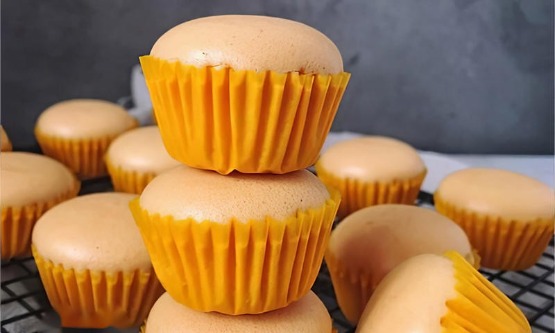
Another factor that’s often overlooked is operator accessibility and training. Linear machines typically offer easier visual inspection and manual intervention points, which can be critical during scale-up trials or quality control testing. If you're training new staff or operating under tight compliance protocols, the ergonomic layout of a linear cupcake maker can result in fewer handling errors and smoother production audits. From a safety standpoint, line-of-sight access also means quicker responses to jams or inconsistencies.
From a manufacturer's perspective, understanding your throughput goals, available floor space, and product variety is key. We often recommend rotary systems to customers with focused product lines and high consistency requirements, while linear configurations are more suited to dynamic operations aiming for product innovation and category expansion. Both systems have matured over the years, and with the right setup and technical support, either can deliver excellent results—what matters is matching machine capability to business strategy.
Choosing the right Rotary cupcake maker is not just about today’s needs but about preparing your production for the demands of tomorrow. Whether you’re expanding a central bakery or entering new markets, selecting the right line configuration will determine how efficiently you can adapt, grow, and serve your customers. If you're considering a new investment, our team can help you evaluate the best path forward based on your product roadmap, facility layout, and operational budget.

 English
English Español
Español Français
Français русский
русский عربى
عربى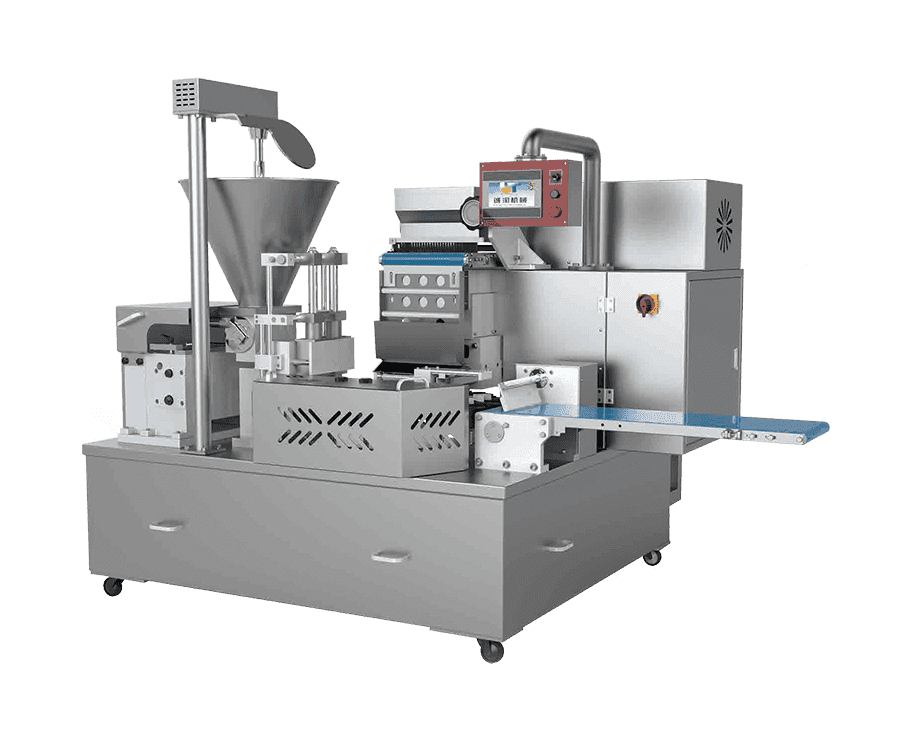
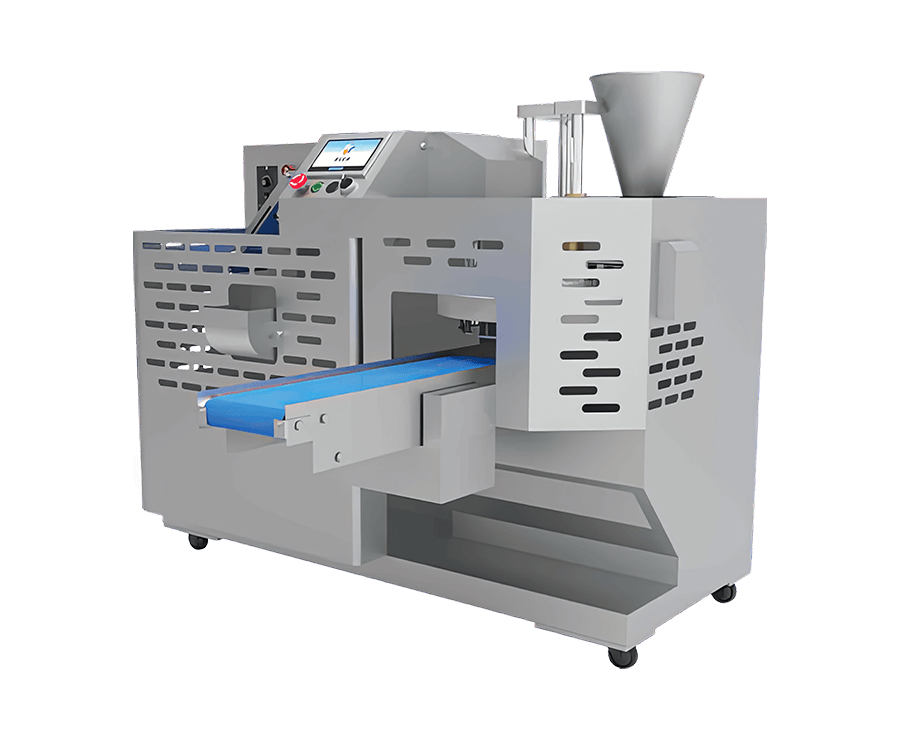
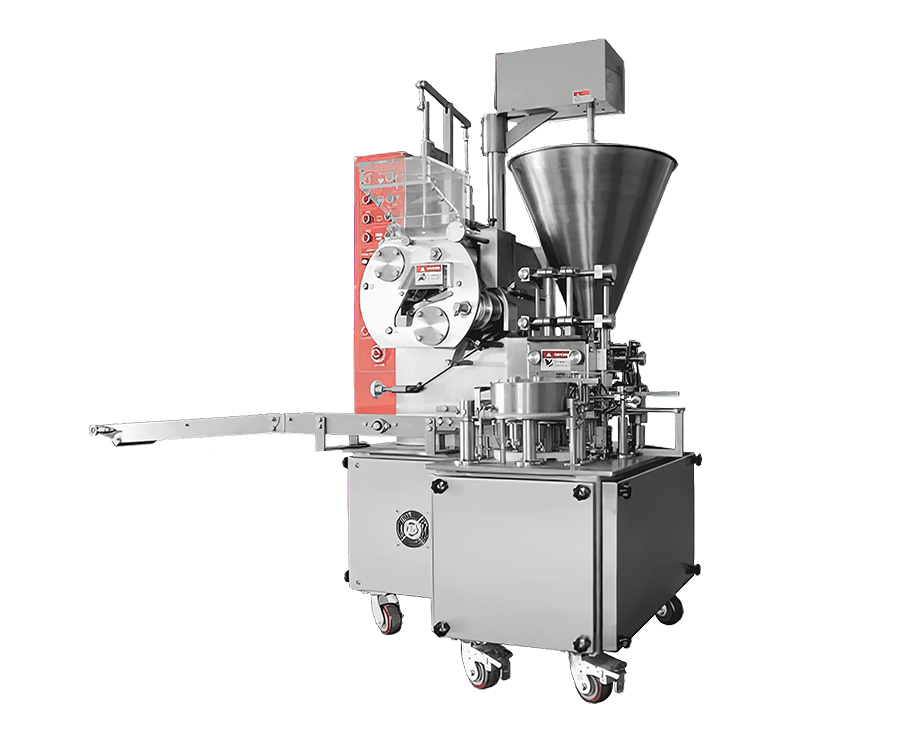
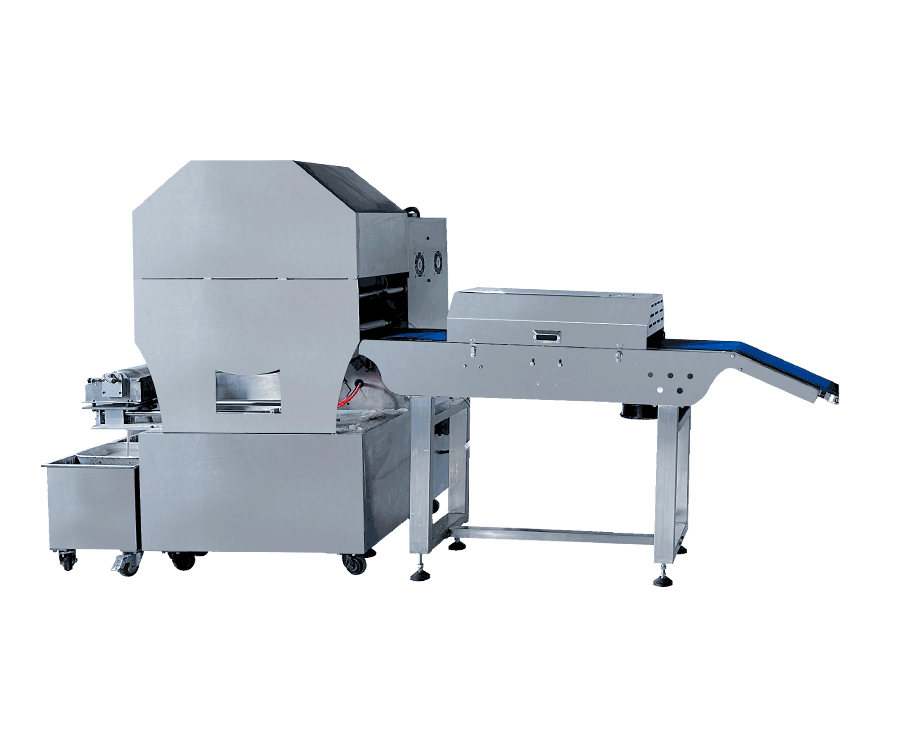



Contact Us